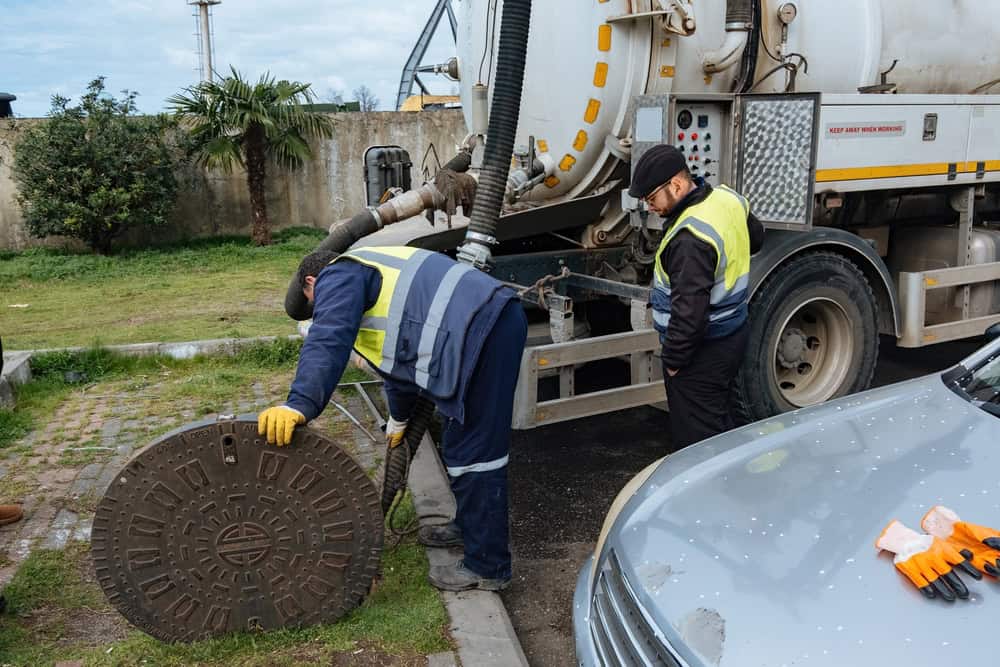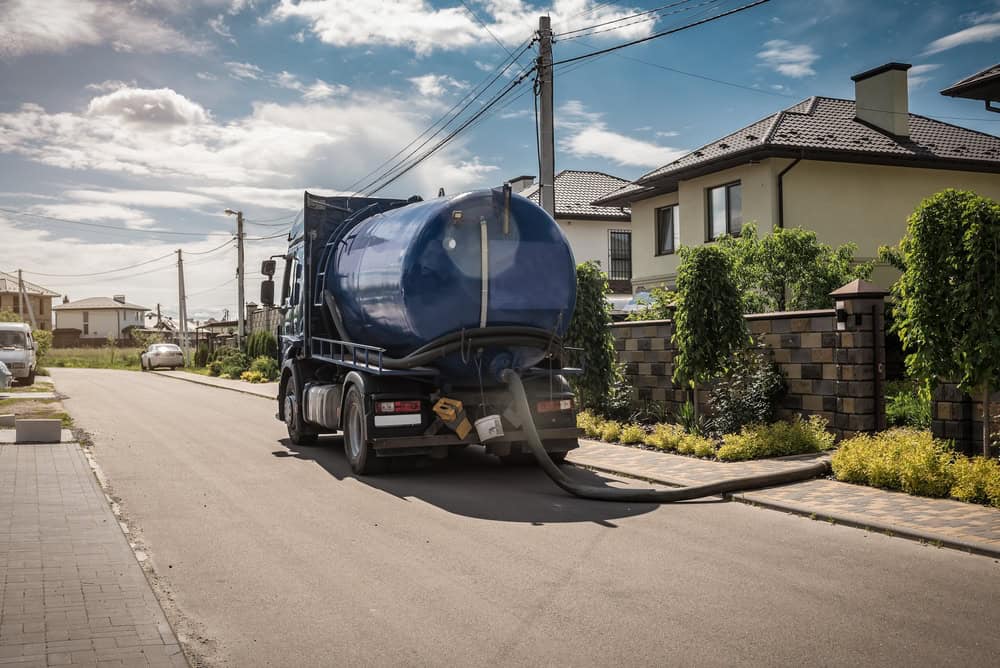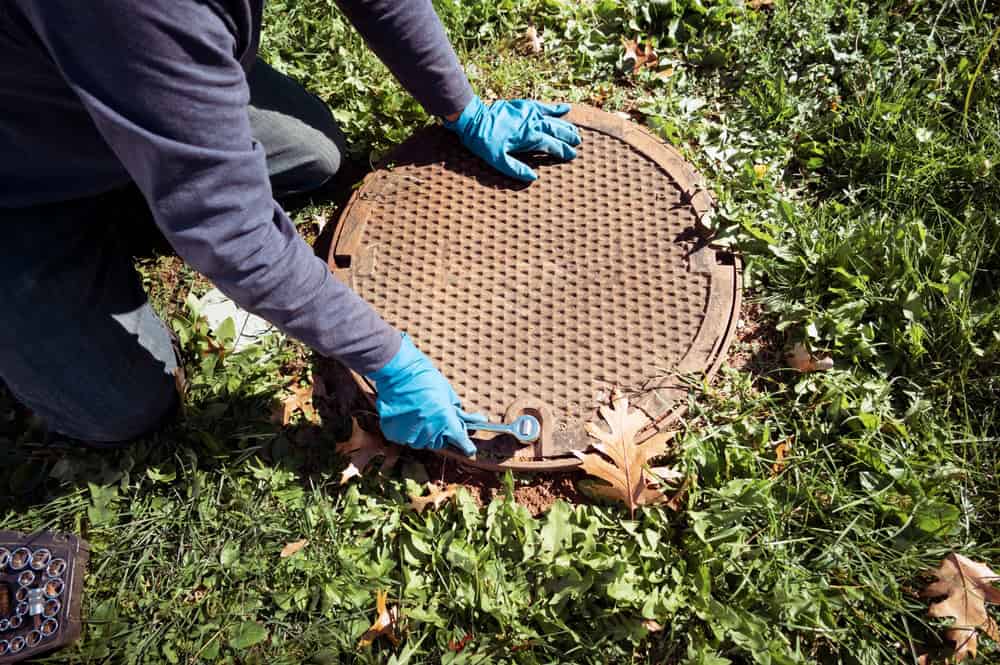
In Suffolk County, there is no shortage of companies that offer septic tank services, but if you’re looking for the fastest, most reliable, and most effective results, don’t hesitate to contact Quality Cesspool! In Asharoken, NY, Quality Cesspool has been maintaining and repairing septic systems for more than 10 years. In the event that your septic system needs pumping, cleaning, emergency repairs, or if a new tank needs to be installed, our team of highly trained professionals will ensure that it gets the very best care possible.
Most Suffolk County homeowners rely on septic tanks to store and treat wastewater, and as with any system within your home, they must be properly maintained. A tank overflow can occur if the tank itself and the pipes leading to it are not properly maintained. Not only are sewage overflows disgusting, but they can also cause extensive damage, costly repairs, and serious health problems.
Quality Cesspool, the most trusted cesspool company in the county, offers some helpful tips for keeping your septic system in top shape.

Water constantly enters septic tanks and pipes leading to them. Even though the tank is capable of holding a lot of water, there is a limit to how much it can store. A waste and water disposal system must eventually empty the water and waste.
According to the Environmental Protection Agency (EPA), septic tanks should be pumped and cleaned every three to five years. Using highly specialized equipment, wastewater is pumped from the tank during pumping. The purpose of cleaning the tank is to remove the sludge and scum that has accumulated along its walls. It’s only a matter of time before you experience a problem if you fail to pump and clean your system.

You should also have it inspected by a Suffolk County cesspool professional. Just like septic tank cleaning and pumping, the EPA also recommends having a septic system inspected every three to five years. During an inspection, the entire system will be assessed for any signs of damage, such as cracks and clogs. If issues are spotted, the necessary repairs can be made before serious problems arise.
Use Water Wisely
Use caution when flushing water down your drains. Sending too much water down the drains at one time will inundate the septic tank and increase the risk of an overflow. Instead of washing multiple loads of laundry in a single day, do a load once a day, and instead of running several appliances that use water at the same time – a dishwasher, washing machine, shower, and sink, for example – stick to using only one or two. Additionally, if any of your faucets are leaking or toilets are running, have them repaired. The constant surge of water being flushed into your septic tank from running plumbing fixtures can also increase the risk of a backup.
To further reduce your water consumption, consider installing low flow plumbing fixtures, including faucets, showerheads, and toilets. Not only will these fixtures reduce the amount of water that you’re putting into your septic tank, but they’ll also save you money on your utility bills; they’re good for the environment, too.
Watch What You Flush
Septic systems are designed to breakdown organic matter, not inorganic waste, so watch what you’re flushing down the toilets and drains. Steer clear of things like paint, oil, liquid cleansers, and grease. Instead of decomposing, these items will settle on the bottom of the septic tank and push up wastewater and organic material, increasing the risk of an overflow. Inorganic materials also disrupt the balance of healthy bacteria that breaks down the organic matter in your septic tank, further increasing the chance of a backup.
It’s also important to avoid flushing any solid materials down toilets and drains; eggshells, coffee grounds, cotton balls, feminine hygiene products, and even products that say they’re flushable, such as wipes, should be completely avoided. Solids can get trapped in the pipes that lead to your septic tank and cause extensive damage. If by chance, they do make their way through the pipes into the cesspool, instead of decomposing, they’ll take up space a backup will eventually occur. To avoid serious damage and costly repairs, always be aware of what you’re flushing – and make sure that everyone else who uses your septic system is, too!
Asharoken incorporated as a village in 1925, so as to have a greater ability to control local beaches and roadways through home rule.
The Village of Asharoken is named after Chief Asharoken, head of the Matinecock Native American tribe which inhabited the area prior to English settlements. Chief Asharoken sold the land that is now Asharoken, Eatons Neck, and Northport to European settlers in 1656.
Learn more about Asharoken.Don’t let cesspool issues disrupt your day. Reach out now for a free estimate and expert service.
©2024 Quality Cesspool All Rights Reserved. SEO Company NYC – Web Design & SEO by Hozio